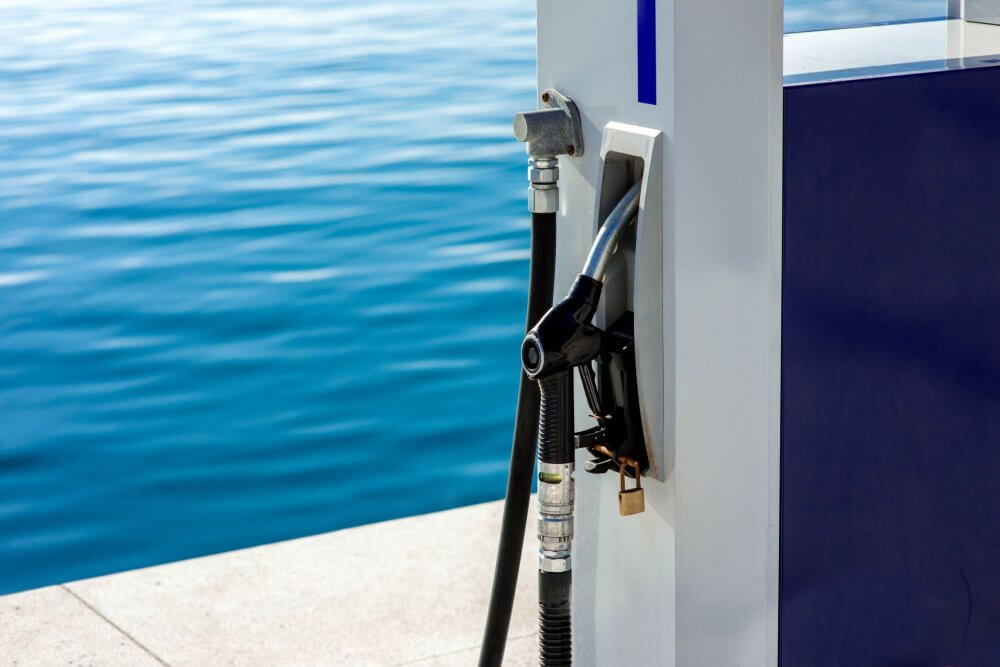A Great piece written by Tom Scott, www.Breakbulk.news
The energy transition is going to affect every shipowner on the planet. Over the next few decades, fossil fuels like HFO and MDO are going to be replaced with cleaner, more sustainable alternatives. With low-sulphur fuels and LNG acting only as interim solutions, shipowners are going to have to make some critical decisions.
The most challenging aspect of the energy transition is that a variety of future fuels are on the table (the big three being ammonia, methanol and hydrogen). The right decision will depend largely on the operational profile of the ship. But also on other factors like availability, functionality and cost.
Here at breakbulk.news, we understand that this decision-making process is going to be difficult. After all, there is a lot at stake – and it’s a learning curve for everyone involved. Therefore, we want to help in any way we can. That’s why we have written this article about hydrogen as a ship’s fuel. We have gathered the most relevant facts that we think you need to know about production, propulsion, storage and supply.
PRODUCTION
While hydrogen is by far the most abundant element in the universe, it’s a different story here on Earth, where is only just makes the top ten list. Therefore, we have to produce it ourselves. This can be done in two ways: extraction from natural gas or electrolysis of water.
Currently, the vast majority of hydrogen is produced using the first method: extraction from natural gas in a process called steam-methane reforming. Hydrogen produced this way is known as grey hydrogen. However, because the process produces carbon monoxide and carbon dioxide, it is not conducive to a sustainable energy supply. CCS is a way to address this problem. This is Carbon Capture and Storage: best described as the transport and storage of CO2 to empty offshore gas fields. Blue hydrogen is the name of the hydrogen produced from natural gas extraction where the CO2 is handled by CCS. The Porthos project in Rotterdam and Humber Zero in Immingham (UK) are two examples of major European CCS projects. These two projects also demonstrate the integrated nature of decarbonisation schemes.
The second way to produce hydrogen is perhaps the most interesting when looking towards a clean and green future: electroysis. Electricity is used to ‘split’ the hydrogen and oxygen that make up water molecules. This process requires an energy source. Any energy source will do – you could use a coal power station or a diesel generator if you really wanted to (but this would not be sustainable and carbon-free). By using a renewable energy source such as wind or solar energy to power the electrolysis process, you produce a truly zero-emissions and future-proof fuel. That is why this category of hydrogen is known as ‘green hydrogen’. A benefit of this production method is that it is a very efficient way of dealing with the peaks of production currently associated with renewable energy. Excess solar or wind power energy can be ‘locked up’ in hydrogen.
PROPULSION
The first way to use hydrogen as a ship’s fuel uses a technology that we are all familiar with: the internal combustion engine. Here, hydrogen burns in oxygen to produce water (2H2 + O2 = 2H2O). The process taking place in this modified internal combustion engine does not produce any CO2, but because the combustion takes place in air (which contains 78% nitrogen), your vessel will be emitting a fair amount of polluting nitrogen oxides (NOx). As such, hydrogen combustion engines cannot be defined as true zero-emissions solutions. However, they are a step in the right direction. The NOx problem can be solved by installing an exhaust gas after treatment system (this is what is the hydrogen-powered Belgian passenger shuttle boat Hydroville does).
Option two is a fuel cell. In a nutshell, a fuel cell converts the chemical energy of its fuel into electricity. When you use hydrogen as your fuel, it reacts with oxygen to produce electricity and water. Carbon and nitrogen are not part of the equation – thus hitting the target of zero emissions. This technology is already used in the automotive industry, with Toyota, Honda and Hyundai all offering hydrogen fuel cell cars to the commercial market. These cars are notably similar to ‘regular’ petrol cars: the fuel cell is still under the bonnet, and the fuel tank has been modified to handle hydrogen instead of petrol.
For the shipping industry, fuel cell technology is the method used by the Maas, a 110-metre long inland container vessel, being developed by Future Proof Shipping. The Maas is currently undergoing a retrofit to replace its internal combustion engine with fuel cell technology. According to Future Proof Shipping, when the Maas retrofit is completed at the end of the year, the fuel cell system will be triple redundant with 825 kW capacity (to supply propulsion and auxiliary power) and a 504 kWh lithium-ion battery pack for peak shaving, secondary and bridging power.
STORAGE
Hydrogen clearly has great potential to be a sustainable fuel of the future. However, there are a number of challenges associated with its use as a marine fuel. Take storage, for example. To be stored on board as a liquid, hydrogen has to be cooled to -253°C. And while it is true that hydrogen contains more energy than diesel per unit of weight, this is not the case per unit of volume (hydrogen is much less dense than diesel). This means that hydrogen-powered vessels will have to reassess their cargo carrying capacities. Secondly, hydrogen is considerably more flammable than the traditional maritime fuels. Crew training, fire-fighting capacity, leak management – there are several safety issues to address.
SUPPLY
On the subject of (green) hydrogen bunkering and supply, you have probably already guessed the situation. There are multiple shipping companies eager to get moving faster on the road to the energy transition. At the same time, there are bunker infrastructure developers who want to speed up the process too. It is the same chicken and egg scenario that we heard about so many times on the subject of LNG. Around a decade ago, the LNG supply market was waiting for the demand to increase, while the consumers were wary of making investments before a reliable supply chain was established.
The same is now true for hydrogen – only the big difference is that organizations and companies around the world are acting faster to get the hydrogen ball rolling. From Rotterdam to Hamburg, a quick Google search will yield many different collaborative programmes aiming to get their hydrogen production and supply chains up and running. Governments are getting involved too; the Netherlands just announced a €4 million subsidy for the development and construction of a new-build hydrogen-powered inland waterway vessel. The question remains: how long will it be until hydrogen becomes an available and financially feasible fuel? Hydrogen as a ship’s fuel is still at the early stages, but we are going to see some fast progress.
WHAT IS YOUR OPINION/EXPERIENCE OF HYDROGEN AS A SHIP’S FUEL?
Are you a shipowner, ship designer, bunker operator? We would love to hear what you have to say about hydrogen. What does it mean for your business? What challenges are you experiencing? Let us know! editor@breakbulk.news





